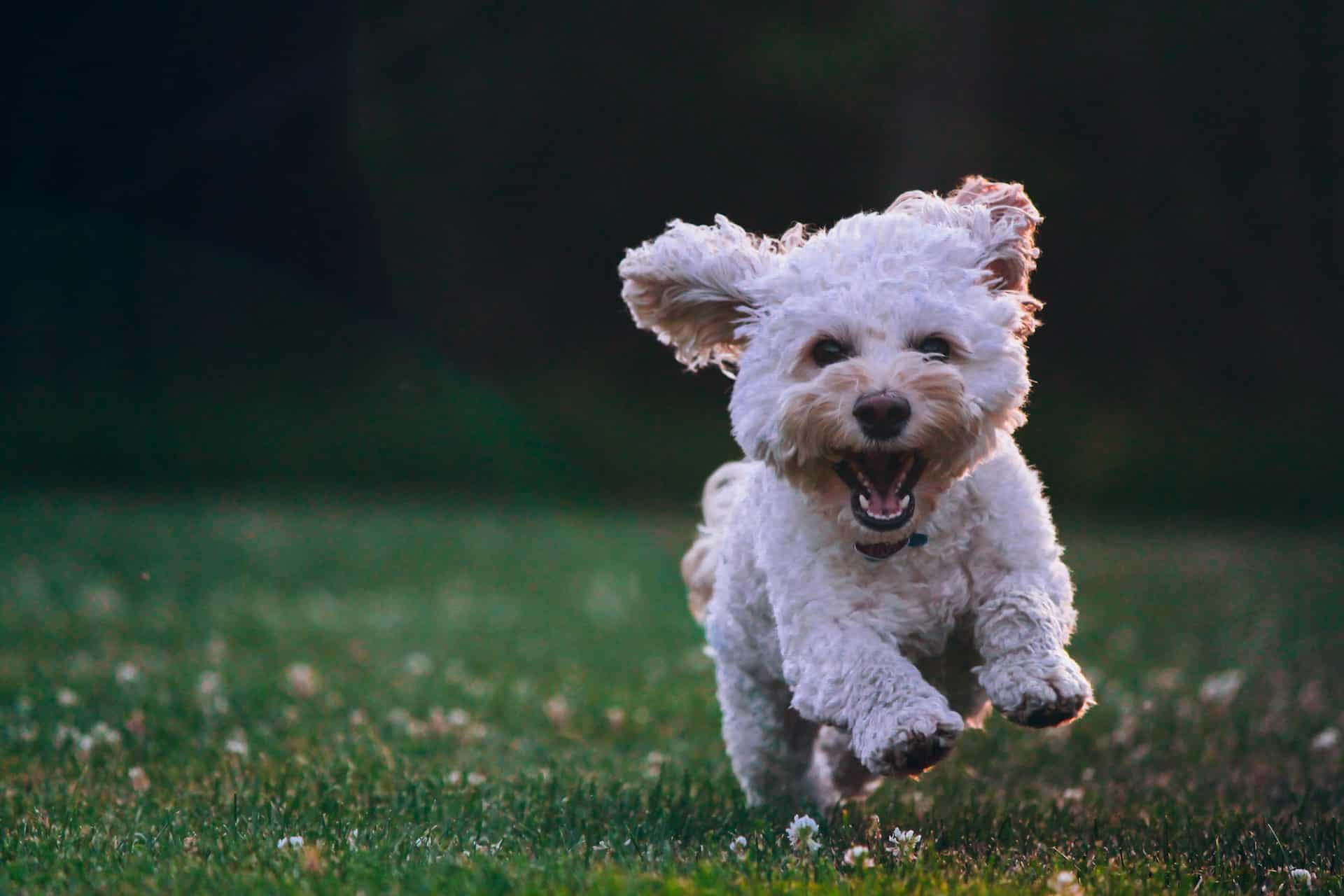What’s the Best Method for Teaching a Dog Not to Chase Wildlife?

In the world of pet ownership, dogs are easily one of the most popular choices. They provide companionship, loyalty, and can even be trained to perform useful tasks. However, there is one behavior that can sometimes prove problematic: the instinctive chasing drive. While this prey drive may have been beneficial for dogs in the wild, it can undoubtedly cause issues in modern day living, especially when it leads to dogs chasing wildlife. This article aims to provide comprehensive insights into why dogs chase and the best training methods you can implement to keep this behavior in check.
Understanding the Chasing Behavior in Dogs
Before we delve into the training methods, it’s essential to understand why dogs chase in the first place. Chasing is a part of their predatory instinct. In the wild, animals chase to catch their prey and to protect their territory. However, domestic dogs do not need to hunt for food. So why do they still chase?
A découvrir également : What’s the Correct Technique for Introducing a Puppy to a Resident Senior Dog?
Dogs have retained some of their wild ancestors’ behavior traits. The prey drive in dogs is a survival instinct that was necessary for their ancestors to find food and stay alive. While your pet dog doesn’t need to hunt for survival, this instinct can still be triggered whenever they see a small animal, a car, or even a jogger passing by.
Interestingly, the chase itself, rather than the capture of the ‘prey’, gives dogs a kind of high. It’s an exciting and self-rewarding behavior that provides them with mental and physical stimulation. This explains why even well-fed dogs will chase after squirrels in the park or cars down the street.
A voir aussi : How to Ensure the Safety of a Pet Ferret Around Household Appliances?
Training Methods to Curb the Chasing Behavior
Even though the chasing behavior is deeply ingrained in dogs’ instincts, it doesn’t mean that it can’t be managed. With consistent training and proper techniques, you can teach your dog to control their chase drive. Here are some methods to help you get started.
Leash Training
One of the first steps in managing your dog’s chasing behavior is to train them on a leash. When your dog is on a leash, it gives you more control over their actions. You can keep them close and prevent them from running off if they spot a potential ‘prey’.
There are several techniques you can use for leash training. One of the most popular methods is the ‘stop and go’. When your dog pulls on the leash, you stop walking. Only when they calm down and the leash slackens do you start moving again. This teaches your dog that pulling on the leash and acting on their chase instinct won’t get them anywhere.
Recall Training
Recall is one of the most crucial commands that every dog should know. It involves teaching your dog to come back to you on command, regardless of what they’re doing. Successful recall can help you get your dog out of potentially dangerous situations.
Start training recall in a controlled environment, such as your backyard. Use a long lead to give them a bit of freedom while still maintaining control. Use a consistent command, like "come" or "here", and reward your dog every time they return to you. Gradually increase the distractions and continue practicing until your dog can successfully recall in various situations.
Managing Prey Drive
While it’s important to train your dog to control their behavior, it’s equally crucial to understand and manage their prey drive. Remember, chasing isn’t necessarily a ‘bad’ behavior. It’s an instinctual drive that provides mental and physical stimulation for your pet. Therefore, finding appropriate outlets for this drive can be an effective way to manage it.
Engage your dog in activities that cater to their prey drive in a controlled environment. Toys that mimic the movement of small animals can be an excellent option. Games like fetch, tug of war, and hide and seek can also provide both physical and mental stimulation for your dog.
When to Seek Professional Help
While many dogs can be trained to control their chasing behavior with consistent training at home, there are times when professional help may be necessary. If your dog’s chasing behavior becomes obsessive or is leading to dangerous situations, it may be time to seek the help of a professional dog trainer or behaviorist.
Professional trainers have a deep understanding of animal behavior and can provide tailored solutions that best fit your dog’s needs. They can help you understand why your dog is behaving in a certain way and provide effective strategies to manage their behavior.
Remember, training your dog is not about curbing their natural instincts but about teaching them how to channel these instincts safely and appropriately. With patience, consistency, and the right approach, you can help your dog lead a balanced and joyful life.
The Role of Positive Reinforcement in Training Dogs
Positive reinforcement plays a crucial part in training dogs to stop chasing wildlife. It involves rewarding your dog for demonstrating desirable behavior. When your dog realizes that good things happen when they obey your commands, they will be naturally inclined to repeat such behaviors.
To implement positive reinforcement in preventing your dog from chasing small animals or cars, start by creating a controlled environment where your dog can be exposed to distractions. A park with squirrels or a quiet street with occasional cars passing by would be an ideal setting. Keep your dog on a long leash for safety and control.
Whenever your dog shows interest in the potential ‘prey’, command them to ‘leave it’ or ‘stay’. Should your dog obey your command, immediately reward them with a treat or their favorite toy. This helps them associate complying with commands with positive outcomes.
This method requires patience and consistency. Dogs may not respond perfectly at first, but repeated reinforcement will help them understand what is expected of them. Over time, you’ll find your dog choosing to obey your command instead of giving in to their chase instinct.
Dealing with Extreme Cases of Chasing Behavior
Sometimes, despite your best efforts, your dog may still struggle with extreme cases of chasing behavior. If your dog’s chase drive becomes too intense or obsessive to the point where they disregard your commands and put themselves in danger, it’s time to consult a professional dog trainer.
Trainers have the expertise to deal with extreme behaviors and can provide one-on-one training sessions tailored to your dog’s needs. They can identify triggers for your dog’s chase behavior and provide structured training programs to help manage this drive.
While it may seem daunting to seek professional help, remember that the goal is to ensure the safety and well-being of your pet. Sometimes, professional assistance is the best way to tame an overly enthusiastic prey drive and prevent your dog from chasing cars or other wildlife.
Conclusion
Dogs chasing wildlife can present a significant challenge for pet owners. However, it’s essential to remember that this behavior originates from their natural prey drive, a deep-seated instinct inherited from their wild counterparts. As responsible pet owners, it’s not about suppressing this instinct but teaching our dogs to channel it in a controlled and safe manner.
Training techniques such as leash training and recall training, managing prey drive through stimulating activities, the use of positive reinforcement, and seeking professional help when necessary, are all effective methods to curb your dog’s chasing behavior.
Training a dog not to chase requires patience, consistency, and understanding. Each dog is unique, and what works for one may not work for another. However, with time and dedication, you can successfully manage your dog’s chase drive and ensure they live a balanced and happy life. Dog ownership comes with challenges, but the rewards of sharing our lives with these loyal companions make every effort worthwhile.
